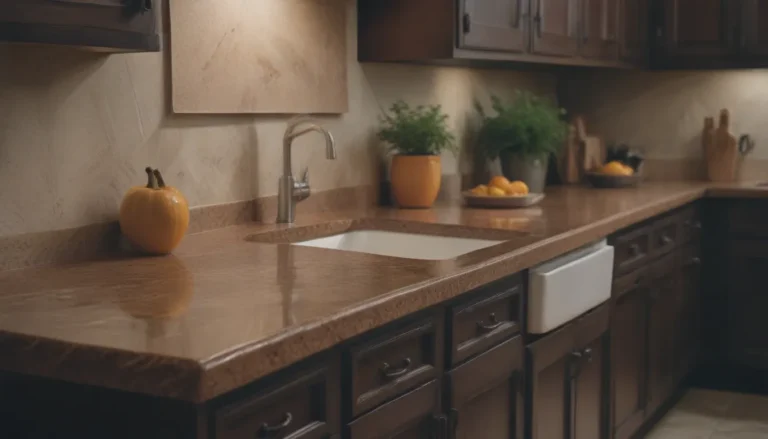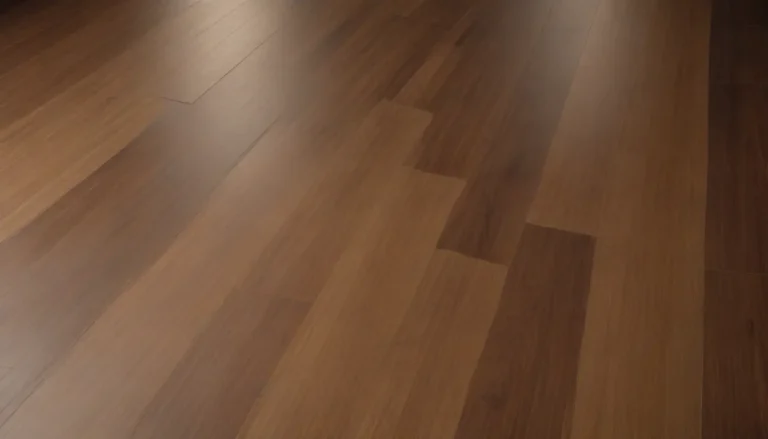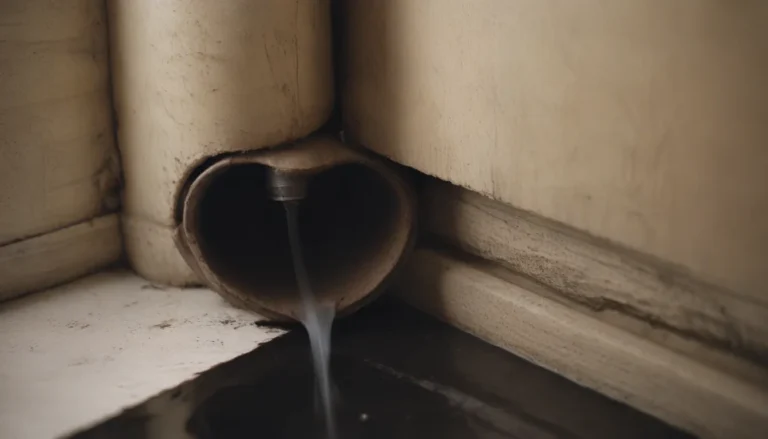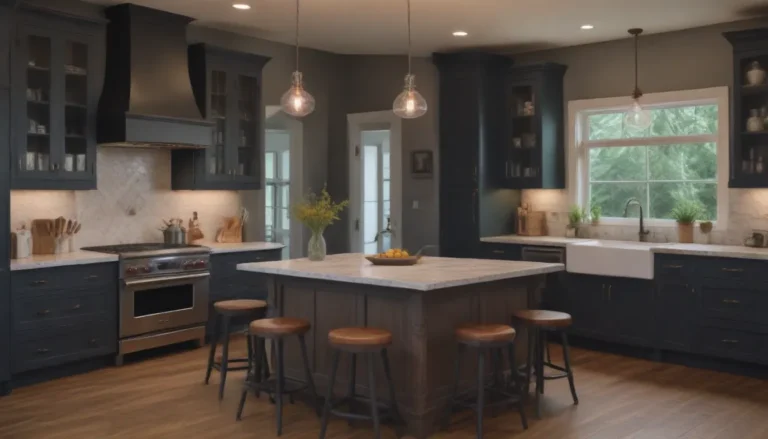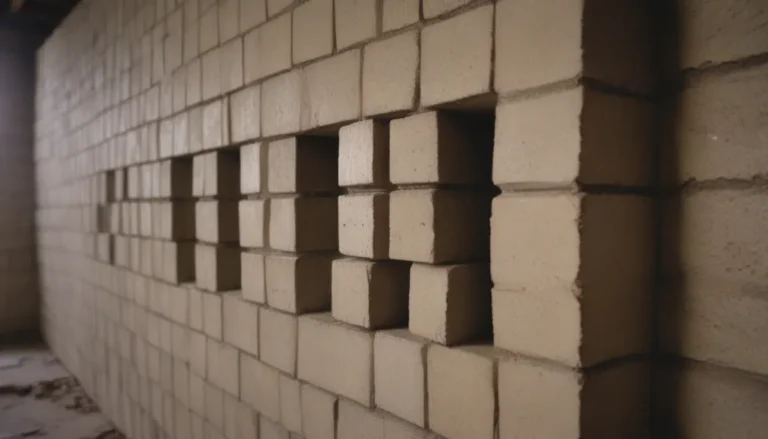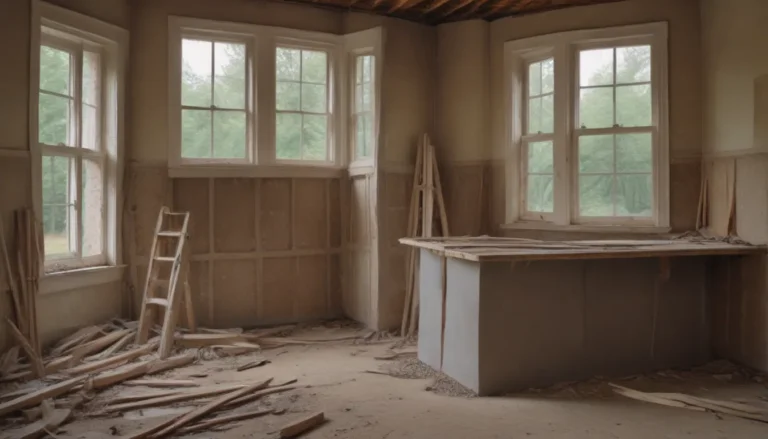Exploring the Benefits of Curbless Showers: Everything You Need to Know
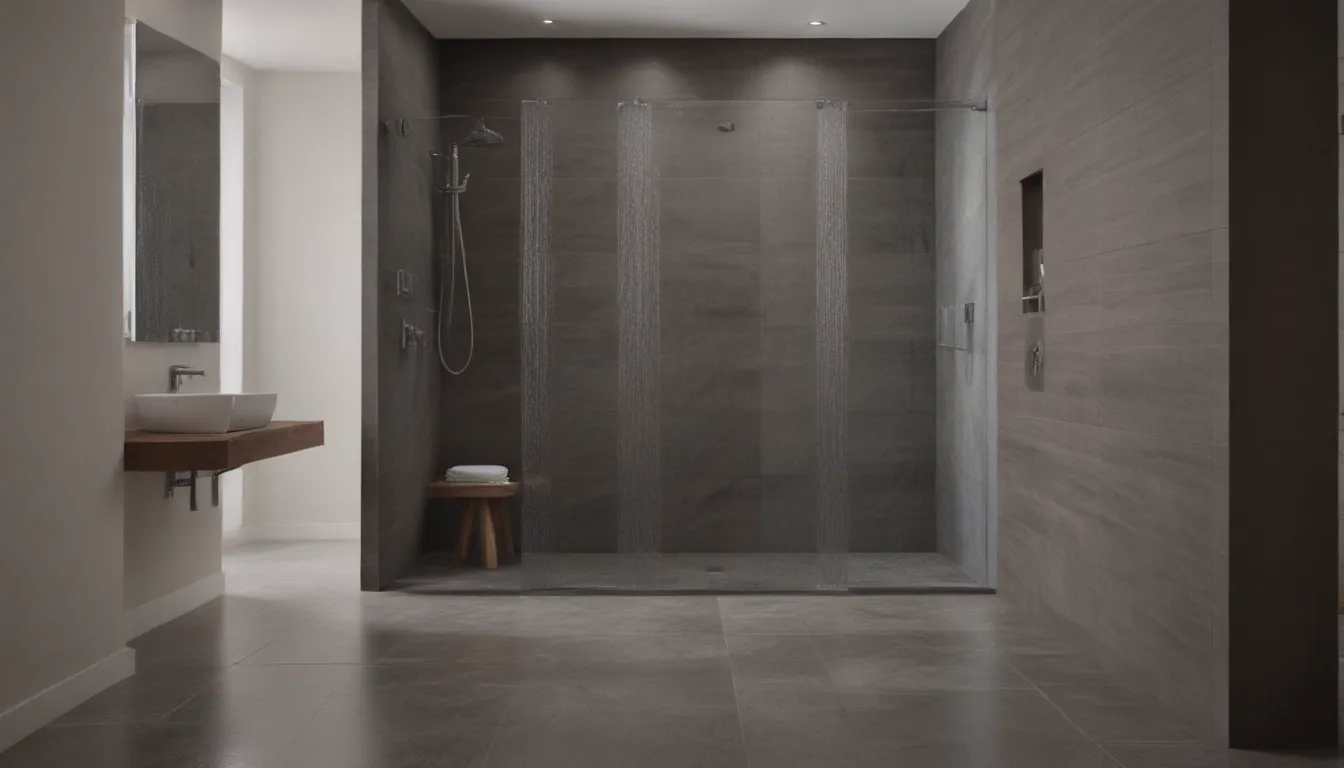
Are you considering a bathroom renovation and looking for ways to enhance both the aesthetic appeal and functionality of your space? One option that has been gaining popularity in recent years is the curbless shower. In this in-depth article, we will explore what curbless showers are, their pros and cons, how they compare to other types of showers, and how you can build one in your own home.
What Is a Curbless Shower?
A curbless shower is a modern and stylish bathroom feature that eliminates the traditional raised barrier between the shower and the rest of the bathroom. Also known as an open-concept shower, a curbless shower relies on a gently sloped floor to guide water towards the drain, rather than a typical shower curb or threshold. The shower floor and the bathroom floor are often made of the same materials, creating a seamless and cohesive look.
Key Features of Curbless Showers
- No Threshold: Unlike traditional showers, curbless showers do not have a raised curb or threshold to contain water. Instead, they rely on a sloped floor to direct water towards the drain.
- Fewer Enclosure Walls: Curbless showers tend to have fewer enclosure walls, with glass panels often used to contain splashes. This design creates a more open and spacious feel in the bathroom.
Pros and Cons of Curbless Showers
Pros:
- Easy to access: Ideal for individuals with limited mobility, as there are no barriers to entry.
- Inclusive design: Suitable for all abilities, promoting universal design principles.
- Modern and luxurious appearance: Creates a spa-like atmosphere in the bathroom.
- Easy to clean: With no thresholds to clean around, maintenance is simplified.
Cons:
- Water migration: Some water may still end up on the bathroom floor, despite the sloped design.
- Less privacy: Curbless showers provide minimal privacy compared to enclosed shower stalls.
- Cooler showers: Without enclosure walls, heat from the shower can escape more easily.
Curbless Shower Comparisons
Curbless shower vs. Walk-in shower:
Both offer easy accessibility, but curbless showers have a more modern and streamlined appearance.
Curbless shower vs. Frameless shower:
While both feature minimalistic designs, curbless showers eliminate the need for a raised curb or threshold.
Curbless shower vs. Wet room:
Wet rooms typically have fully waterproofed floors and walls, while curbless showers focus on the sloped floor design.
How to Build a Curbless Shower
Building a curbless shower is a complex process that requires careful planning and skilled labor. It is recommended to hire a contractor with experience in this type of work to ensure a successful installation.
- Adjusting floor levels: Matching the shower floor and bathroom floor levels may require shaving off floor joists and building up the bathroom floor with underlayment.
- Ensuring proper drainage: The slight pitch of the floor directs water towards the drain, with side glass panels helping to contain splashes.
- Cost considerations: Curbless showers can be expensive, with installation costs ranging from $6,700 to $14,000 on average.
In conclusion, curbless showers offer a blend of style, accessibility, and functionality that make them an attractive option for modern bathrooms. While they may not be suitable for every home or budget, the benefits they provide in terms of inclusivity and design appeal make them a worthwhile consideration for those looking to upgrade their bathing experience.
Whether you are planning a renovation or simply exploring new bathroom design ideas, consider the possibilities that a curbless shower can offer in transforming your space into a luxurious and welcoming retreat.
